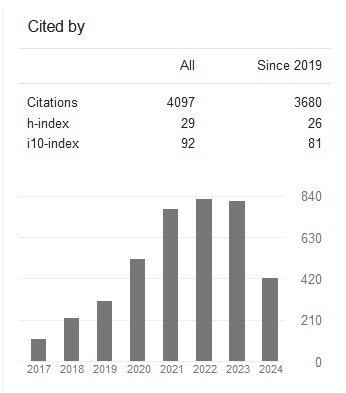Artificial Neural Network Model for Compressive Strength of Lateritic Blocks( Vol-5,Issue-3,March - March 2019 ) |
|
Author(s): C.E Okere, J.I. Arimanwa, J.C. Iheke |
|
Keywords: |
|
|
Artificial Neural Network, Compressive strength, Lateritic blocks, Prediction. |
|
Abstract: |
|
|
Lateritic soil are locally abundant and relatively cheap to be used for block production. Its use has gone a long way in reducing the cost of block production and construction work in general. In order to optimize the usefulness of lateritic soil, there is need to model the properties of lateritic blocks. Compressive strength is an important property of lateritic block that must be known, but it cannot be guessed easily due to the block mix proportion and processes. Statistical models used in predicting the properties of lateritic blocks operate on restricted range of data. That is, the model cannot predict input data that are outside the range of data used in developing the model. The need for a model that can predict the compressive strength of lateritic blocks for any given mix ratio became necessary. This study developed Artificial Neural Network model for predicting the compressive strength of lateritic blocks. Lateritic blocks were produced with mix ratios ranging from 1:4 to 1:12. The blocks were cured for 7, 14 and 28 days. The 28th day experimental results and results obtained from literatures on similar works were used to formulate the model. The test data were a total of 155 samples.The maximum compressive strength predicted by the model was 3.06 N/mm^2 corresponding to a mix ratio of 0.4:1:4 of water-cement ratio, cement and lateritic soil. The model accuracy was tested using Fisher test. The result of the Fisher test computations obtained 1.008 for calculated F and 3.5 for F obtained from the table. Hence the model satisfied the test. The model result also compares favourably with the experimental result. |
|
Cite This Article: |
|
| Show All (MLA | APA | Chicago | Harvard | IEEE | Bibtex) | |
Share: |
|

 DOI:
DOI: 



























